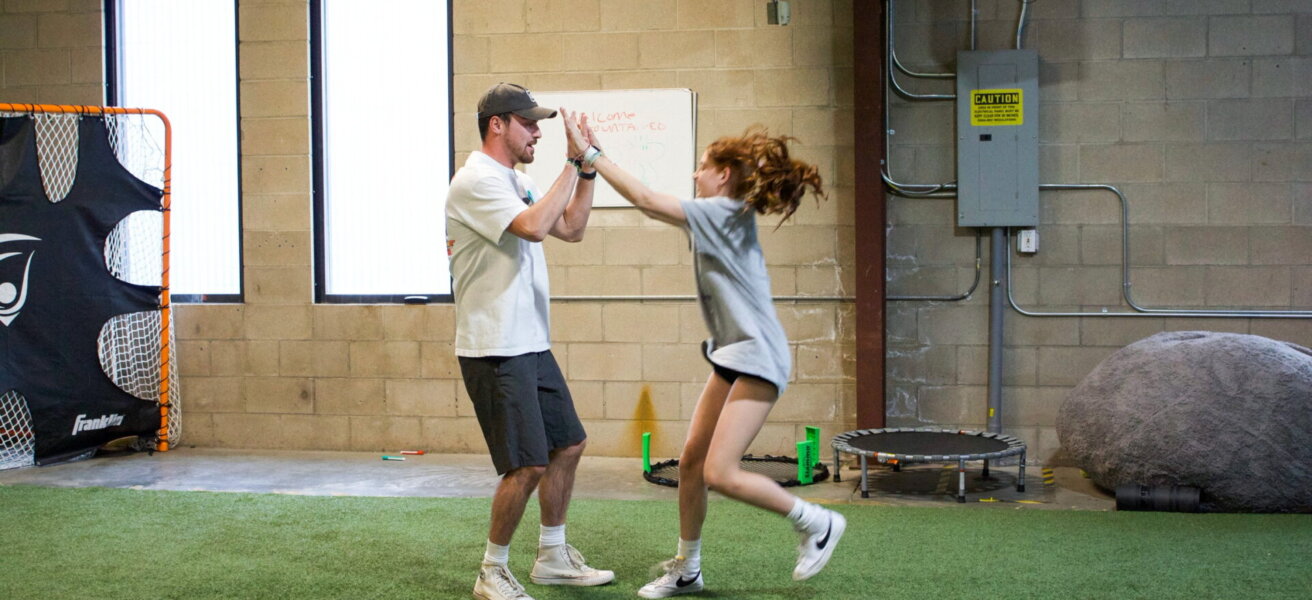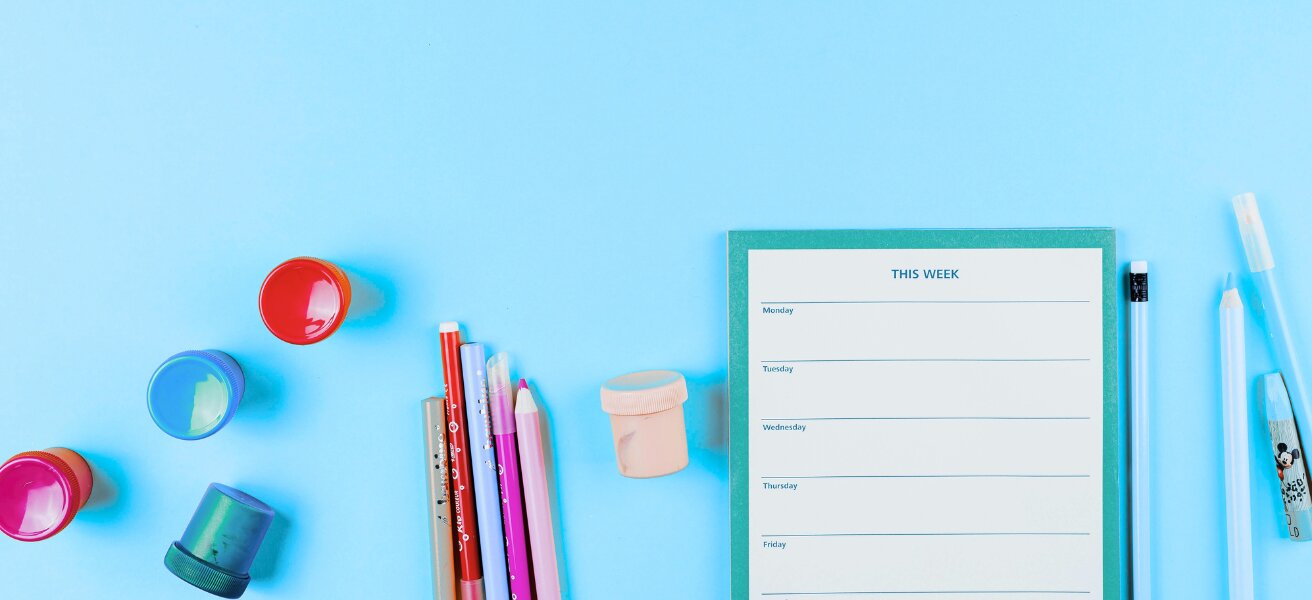Students with executive function challenges face a higher risk of negative feedback than their peers at home and during school. By the age of 12, these students may have encountered 20,000 more negative messages than positive ones about their behavior. Unfortunately, this constant negativity fails to correct their behavior and is detrimental to their self-esteem. Instead of focusing on their shortcomings, incorporating positive reinforcement improves student behavior while increasing their confidence.

Positive reinforcement focuses on recognizing and praising good behavior. While students with executive function may already be aware of their failing, they may struggle to understand how to correct their actions. Implementing positive reinforcement helps create a supportive and motivating environment while they work to learn new strategies and solutions, fostering their overall well-being and educational success.
Types of Positive Reinforcement
There are three general types of positive reinforcement. For the best effect, it is important to use them together.
Primary Reinforcement – Tangible rewards, such as an ice cream treat, a new book, or a day of skiing, that directly reward a positive outcome.
Secondary Reinforcement – Learned rewards, such as verbal praise, tokens, or stickers that parents or teachers can exchange for a primary reinforcer. Establishing this association between secondary and primary rewards strengthens the motivation for positive behavior, and with time, these tokens will become rewarding.
Intrinsic Reinforcement – Occurs when students evaluate their behavior and reward themselves without external support. This reflection is often the most challenging reinforcement to develop. Importantly, this reinforcement can only come from the student, and no amount of external pressure will help. Be sure to give your students the necessary space to learn this critical step.
Positive Reinforcement in Action
Providing unprompted praise for their actions is critical when implementing this with your children. Genuinely acknowledge their efforts and accomplishments. This does not need to be elaborate and can be phrases like:
“Jaime, I noticed you started studying for your math test yesterday. I’m really proud of you for starting a few days ahead of time.”
“I saw that you unloaded the dishwasher, Aaron. Thank you so much for remembering to do that; it makes my afternoons much easier.”
“Thanks for taking the dog out on a walk, Amelia. You rock.”
“Grace, I’m really proud of the work you’ve been putting in this week. I know your schedule has been very full, and you’re handling it with a great attitude.”
Incorporating this makes your students feel like their efforts are being recognized and will encourage them to continue that behavior.
However, remember that tone and phrasing matter. Your students know when you’re being ingenuine or sarcastic. Be careful not to accidentally emphasize lousy behavior by showing your frustration.
For example, avoid using phrases like:
“I’m glad you put your socks away, for once.”
“You did well in today’s game despite how little effort you put in at practice.”
“I didn’t expect you to do so well on this exam, I really thought you were going to fail. Congratulations.”
Obviously, the passive aggression in these examples is not subtle, but it can be easy to let some of your frustration accidentally slip out in your words. These comments focus on the negative and acknowledge that they may have done something wrong. Students may feel that you will only notice the outcome even if they put in much effort for something.
In positive reinforcement, the process is much more important than the product. To achieve their goals, students need strong habits and routines. We want to emphasize their efforts to build these skills, not discourage their progress over a failed outcome. Examples of this look like:
“Brad, I know you didn’t get the grade you wanted on your test. I want you to know that I saw the effort you put into studying, and I’m really proud of you for how hard you worked.”
“Natalie, thank you so much for getting your homework done right when you got home from school. That’s amazing.”
“Stephanie, you’re doing a great job getting your school supplies together the night before school, and we have been on time all week. Keep up the good work!”
Lastly, remember that behavior ≠ personality. Equating students’ behavior to their personal worth can induce guilt and unnecessary burdens. This could include phrases such as:
“What a good student you are for starting to study on Monday for your test on Friday.”
“You are so good for taking out the trash.”
“You mowed the lawn for your dad. You are such a good person.”
Whether your student completed a task does not make them good or bad. Focus on behavior-specific praise rather than character judgments.
Key Takeaways
Students with executive function challenges tend to seek immediate rewards and struggle with long-term goal accomplishment, which can lead to receiving more negative reinforcement than their peers. However, punishing them for avoidance hinders habit formation. Instead, praising positive behaviors and focusing on the process will help to build behavior and confidence and strengthen the parent-student relationship. While punishment may be necessary to correct a behavior, positive reinforcement should be the primary approach. Finding an appropriate balance between the two is the most effective approach.
As an educator, you work tirelessly to support your students’ growth and success. Thank you for all that you do. Let Untapped help your staff develop strategies to improve all students executive function skills.
For More:
How to Use Positive Reinforcement
Executive Function Interventions
Positive Reinforcement for Behaviors
Reinforcement/Reward Mechanisms: Interventions for Executive Functioning





